Your Guardian moves like they’re wading through molasses. Enemies appear on screen before your framerate catches up. That crisp headshot you lined up? It registered a full second late because your system choked on particle effects. Sound familiar?
Here’s what most Destiny 2 optimization guides miss: this game’s engine is fundamentally different from other shooters. It’s CPU-bound in ways that defy conventional wisdom, meaning your RTX 5090 might be sitting at 40% usage while you struggle to maintain 144FPS.
Choose Your Optimization Path
Select based on your priorities and hardware capabilities
Destiny 2’s Unique Performance Profile

Before touching a single setting, you need to understand why Destiny 2 behaves differently from other shooters.
The game’s modified Tiger engine creates a unique performance bottleneck that explains why your high-end GPU might be underutilized while your framerate struggles.
The CPU Bottleneck Reality
Unlike most modern games, Destiny 2 is heavily CPU-bound, especially in complex PvE encounters and large PvP modes. Your CPU processes game logic, physics, and issues draw calls to the GPU. When overwhelmed, it becomes the limiting factor regardless of your graphics card’s power.
-
📊GPU at 40-80% usage? Classic CPU bottleneck indicator
-
🎯Lowering graphics doesn’t help? Your CPU is the limiting factor
-
⚡Single-core speed matters most The engine favors high clock speeds over core count
How Destiny 2 Drains Performance
Extensive benchmarking reveals that just four settings account for the majority of performance impact in Destiny 2. Master these “pillars” first before fine-tuning anything else.
Settings Performance Impact Hierarchy
Based on quantified benchmark data across multiple hardware configurations
*With sufficient VRAM (4GB+)
Every Destiny 2 Option Explained
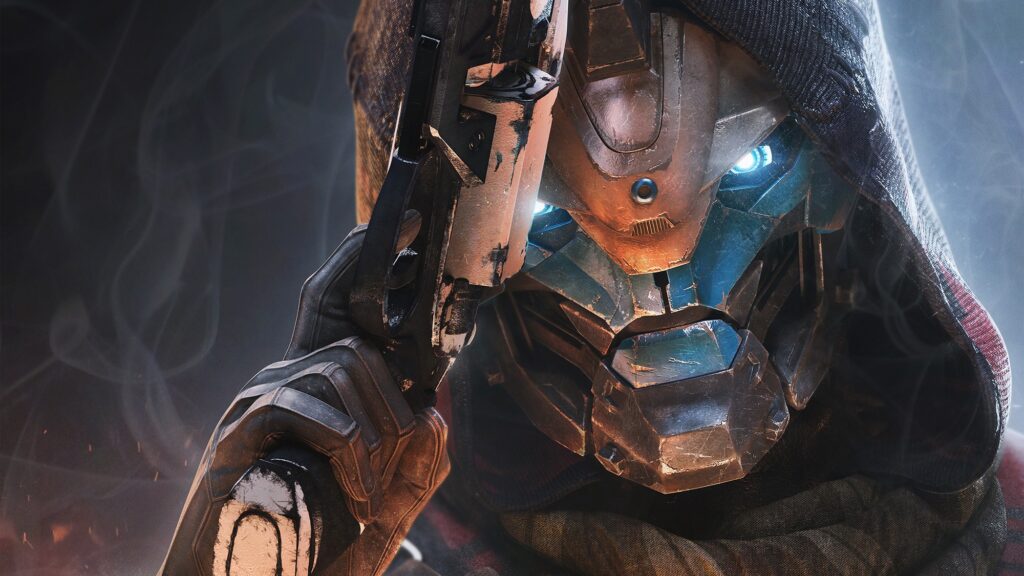
Each setting in Destiny 2 affects different parts of the rendering pipeline. Everything can contribute to the game lagging on PC, but their impact levels are distinct.
Shadow Quality
Critical ImpactControls shadow map resolution and draw distance. The game renders geometry from each light source’s perspective to calculate shadows, making this extremely GPU-intensive. Dropping from Highest to Low yields up to 16% FPS improvement.
Screen Space Ambient Occlusion
Critical ImpactAdds contact shadows in crevices for depth. HDAO costs ~5 FPS, while 3D mode costs ~12 FPS. Turning off makes lighting appear flatter but provides massive performance gains.
Foliage Detail Distance
High ImpactControls grass, bushes, and tree rendering distance and density. Alpha transparency in foliage requires complex rendering passes. High to Low saves ~5 FPS with minimal visual impact in combat areas.
Texture Quality
Negligible ImpactOnly affects VRAM usage, not GPU compute. With 4GB+ VRAM, set to Highest for free visual improvement. Monitor the in-game VRAM bar to ensure you’re not exceeding capacity.
Depth of Field
High ImpactBlurs background when aiming down sights. Beyond the FPS cost, it obscures enemy visibility at range. Competitive players universally disable this for clearer target acquisition.
Field of View
Medium ImpactHigher FOV renders more of the world, lowering FPS but providing crucial peripheral vision. The competitive advantage outweighs the ~5-8 FPS cost at max FOV.
Professional Player Configurations Analyzed
Top Destiny 2 players have refined their settings through thousands of hours of gameplay. Their configurations reveal consistent patterns that prioritize performance and clarity above all else.
Pro Player Settings Breakdown
Common configurations used by top PvP players and streamers
🎯 Sensitivity Settings
📊 Graphics Priorities
⚡ Performance Features
System-Level Destiny 2 Optimizations Beyond Game Settings
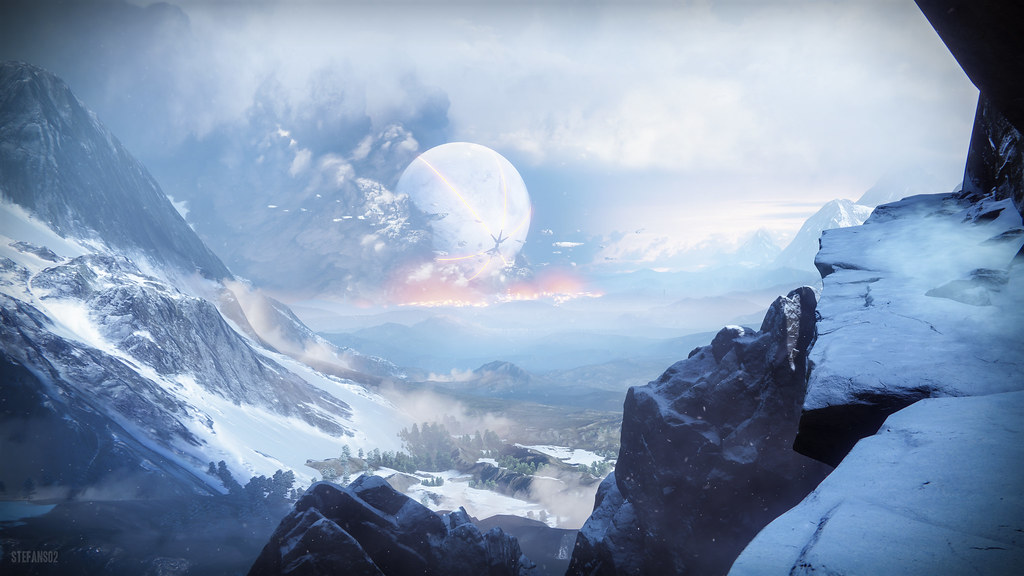
Achieving peak performance requires optimizing your entire system, not just in-game settings. These system-level tweaks can provide significant improvements, especially for reducing input lag.
Nvidia Control Panel
System Optimization- Power Management: Prefer Maximum Performance
- Low Latency Mode: Ultra (if using Reflex)
- Threaded Optimization: On
- G-Sync: Enable for compatible monitors
- Max Frame Rate: 3 below monitor refresh
Windows Optimization
System Optimization- Power Plan: High Performance
- Game Mode: On
- Hardware GPU Scheduling: On
- Mouse Acceleration: Disabled
- Background Apps: Close all non-essential
Display Configuration
System Optimization- Display Mode: Fullscreen (Exclusive)
- Monitor Hz: Set to maximum in Windows
- Render Resolution: Keep at 100%
- HDR: Disable for competitive play
- Overlays: Disable Discord, Steam, GeForce
Complete Optimization Configurations
Based on extensive testing and pro player analysis, here are the complete configurations for different playstyles and hardware capabilities.
Ready-to-Use Setting Profiles
Copy these exact settings based on your priorities
⚡ Maximum Competitive Performance (144+ FPS Target)
Advanced Tweaks and Considerations for Destiny 2
For those seeking every last frame, these advanced techniques push beyond standard optimizations. Use with caution and always back up your settings.
Frame Time Consistency
Advanced ConceptStable frame times matter more than high average FPS. Use RivaTuner Statistics Server (RTSS) or driver level (Nvidia Control Panel/Adrenalin) to cap frames at a consistent value your system can maintain. A locked 120 FPS feels smoother than fluctuating 120-180 FPS.
VRAM Management
Advanced ConceptMonitor the in-game VRAM bar closely. Exceeding your GPU’s VRAM causes severe stuttering as textures swap to system RAM. This is worse than running at lower settings with smooth performance.
CPU Thermal Limits
Advanced ConceptSince Destiny 2 is CPU-bound, thermal throttling devastates performance. Monitor CPU temperatures and ensure adequate cooling. Undervolting can help maintain boost clocks longer.
Quick Reference: Settings by Impact
When you need to quickly boost FPS, adjust settings in this order for maximum impact with minimal visual sacrifice:
Optimization Priority Order
Adjust these settings first for maximum FPS gains
- Shadow Quality → Low (Up to +16% FPS)
- Screen Space Ambient Occlusion → Off (+12 FPS)
- Foliage Detail Distance → Low (+5-8 FPS)
- Depth of Field → Off (+7 FPS, better visibility)
- Environment/Character Detail → Low (+3-5 FPS each)
- Resolution Scale → Lower if desperate (major quality loss)
Remember: Texture Quality, Anisotropic Filtering, and Light Shafts have virtually no performance impact on modern GPUs with sufficient VRAM. Keep them high for better visuals.
The Bottom Line
Optimizing Destiny 2 requires understanding its unique CPU-bound nature and focusing on the settings that actually matter. The four pillars (Shadows, SSAO, Foliage, DoF) provide the bulk of performance gains, while texture quality can remain high with minimal impact.
Professional players universally prioritize framerate and clarity over visual fidelity, running at 1080p with low settings even on high-end hardware.
This philosophy, combined with proper system optimization and display configuration, unlocks the responsive, competitive experience that makes the difference between landing shots and watching them ghost through enemies.
Frequently Asked Questions
Why is my GPU usage low in Destiny 2?
Destiny 2 is primarily CPU-bound, especially in complex PvE activities and large PvP modes. Low GPU usage (40-80%) indicates your CPU is the bottleneck, struggling to process game logic and issue draw calls fast enough. This is normal behavior due to the game engine’s preference for high single-core CPU performance over multi-threading.
What are the most important settings to lower for FPS?
The four most impactful settings are Shadow Quality (up to 16% FPS gain), Screen Space Ambient Occlusion (12 FPS gain), Foliage Detail Distance (5-8 FPS gain), and Depth of Field (7 FPS gain). These “four pillars” should be adjusted first before touching any other settings.
Should I lower texture quality for better performance?
No, texture quality has virtually no impact on FPS if you have sufficient VRAM (4GB+). It only affects memory usage, not GPU compute power. Keep textures at Highest unless the in-game VRAM bar shows you’re exceeding capacity, which causes stuttering.
What resolution do pro players use?
Most professional Destiny 2 players use 1920×1080 resolution even on high-end systems. This ensures maximum framerate for lowest input lag, which is more important than visual clarity in competitive play. They prioritize achieving 144+ FPS consistently over higher resolutions.
Is NVIDIA Reflex worth using?
Yes, NVIDIA Reflex significantly reduces system latency by synchronizing CPU and GPU workloads. Use “On + Boost” for maximum responsiveness, which maintains higher GPU clocks even in CPU-bound scenarios. This is especially beneficial in Destiny 2’s CPU-limited engine.
What’s the best FOV setting for competitive play?
Set FOV to maximum (105) despite the 5-8 FPS cost. The competitive advantage of increased peripheral vision far outweighs the performance impact. All professional players use max FOV to spot flanking enemies and track targets better.
Should I cap my framerate?
Yes, cap your FPS at 3-5 frames below your monitor’s refresh rate (e.g., 141 FPS for 144Hz). This prevents the framerate from exceeding your monitor’s adaptive sync range, maintaining tear-free gameplay without V-Sync’s input lag. Use the in-game limiter or RivaTuner for best results.
What mouse sensitivity (eDPI) do pros use?
Professional Destiny 2 players typically use an eDPI between 3200-4800 (DPI × in-game sensitivity). Common setups include 800 DPI with 4-6 in-game sensitivity. This range balances quick 180-degree turns with precise aiming control, suitable for Destiny’s fast-paced movement.
Is editing cvars.xml safe?
Editing cvars.xml to disable shadows exists in a grey area. While some players report using it without issues, Bungie’s terms of service prohibit modifications that provide competitive advantages. The risk of account action makes this not recommended for most players despite potential performance gains.
Why do controller players use high sensitivity with low ADS?
Competitive controller players use 15-20 look sensitivity with 0.5-0.7 ADS modifier. This “fast turn, slow aim” approach allows quick reactions to flankers while maintaining precise aim when scoped. It’s the optimal strategy to compete with mouse and keyboard turn speeds.
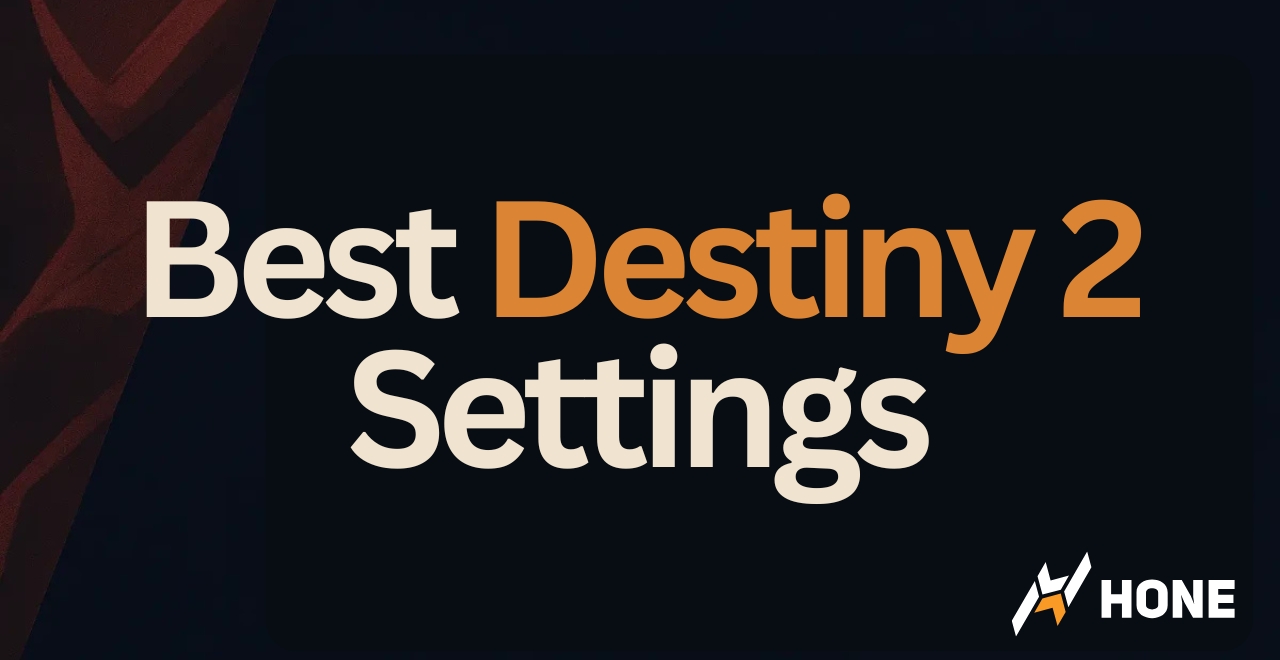



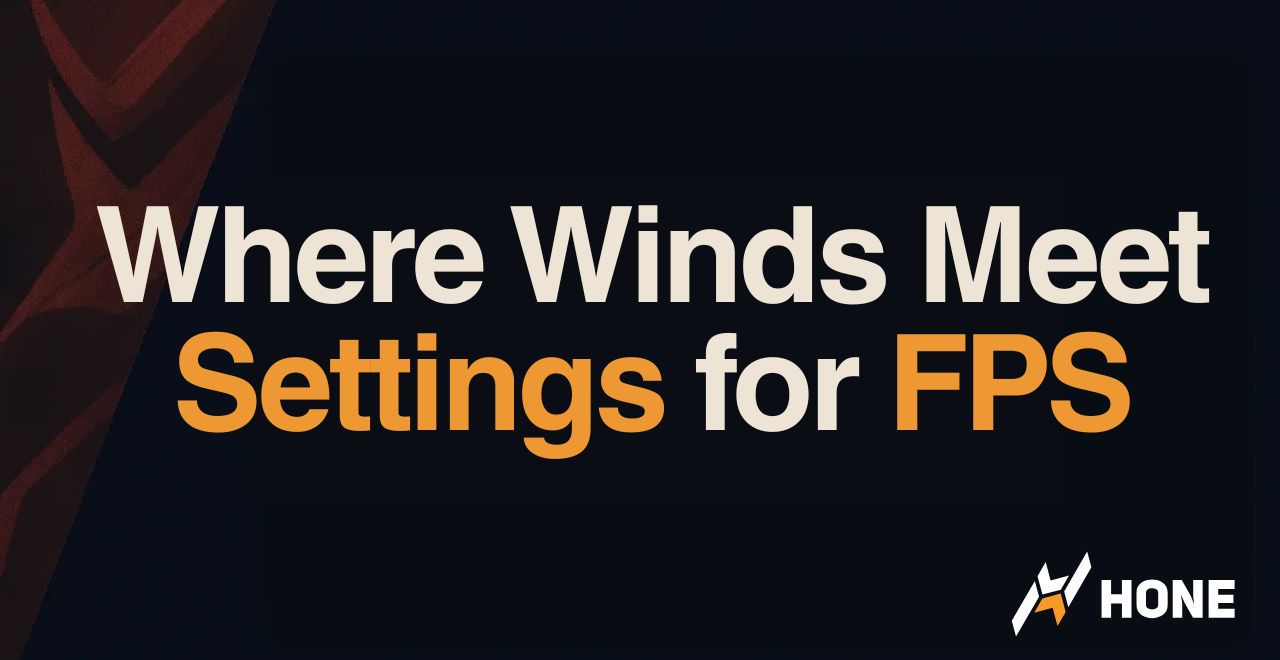
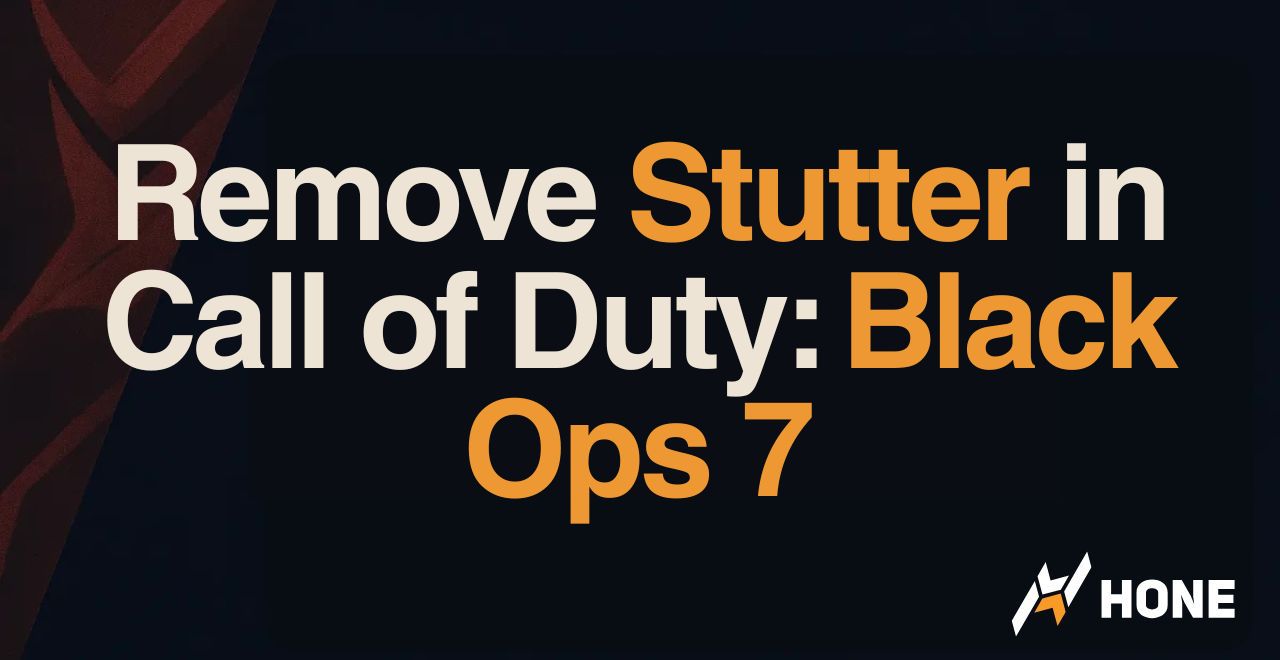
 Discord
Discord
 Instagram
Instagram
 Youtube
Youtube
 TikTok
TikTok